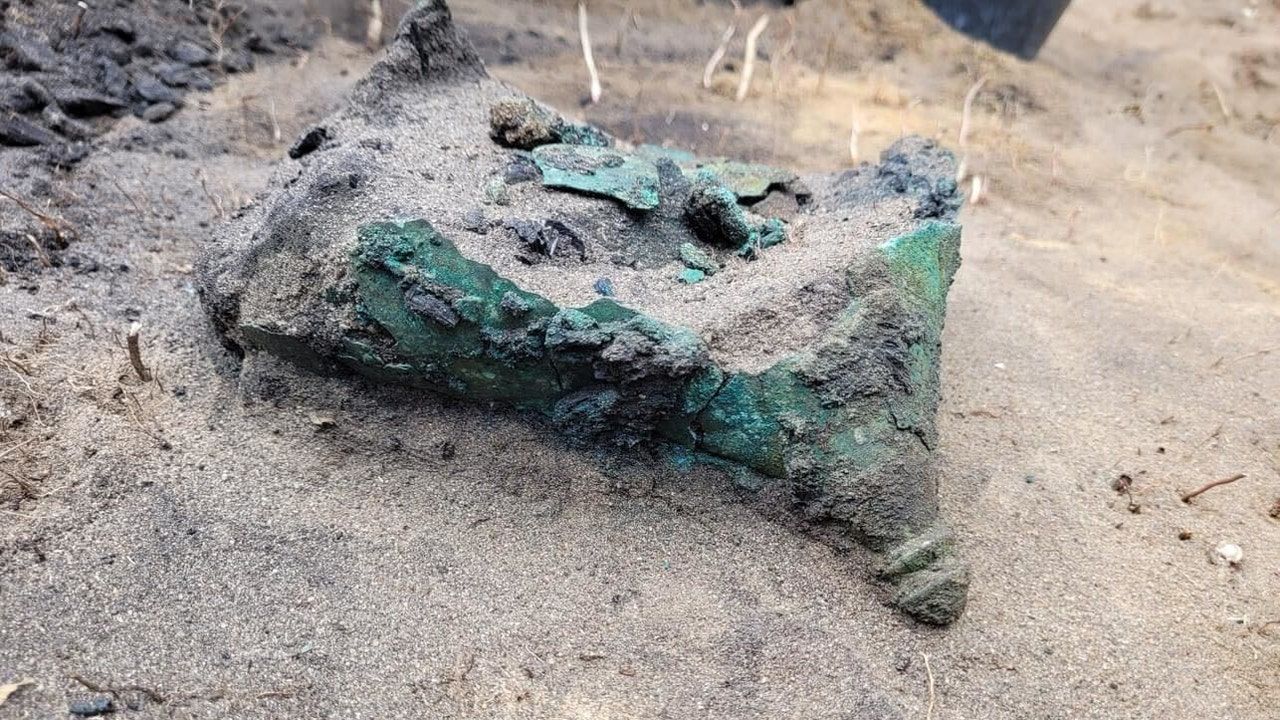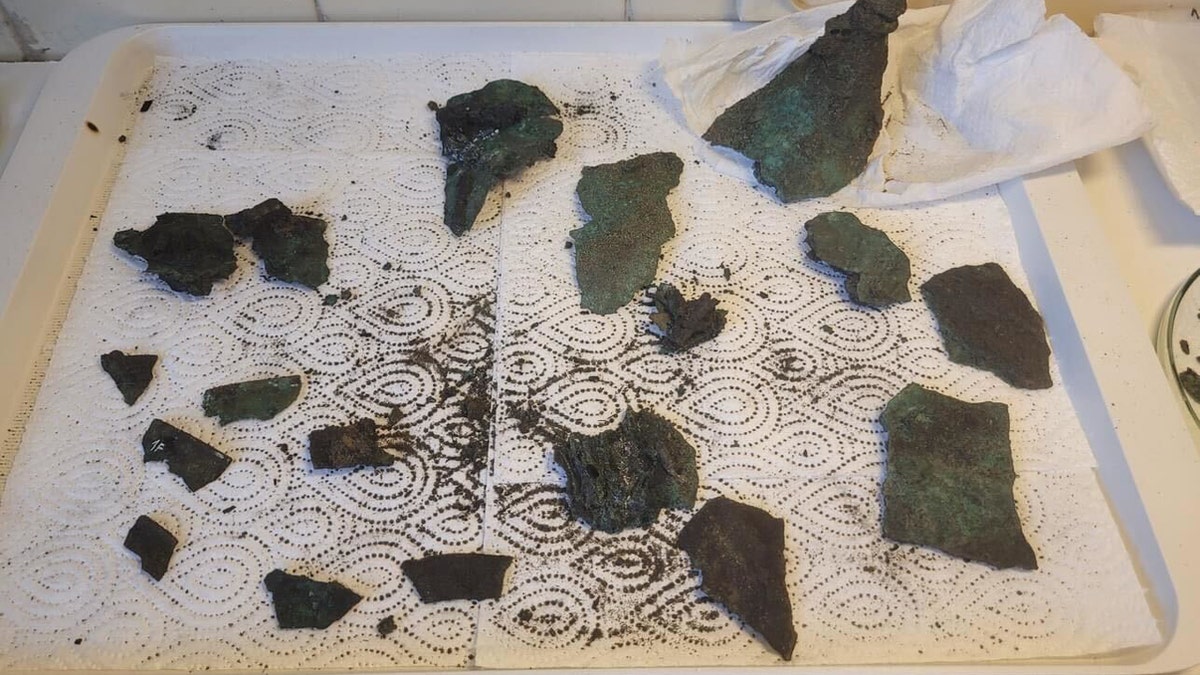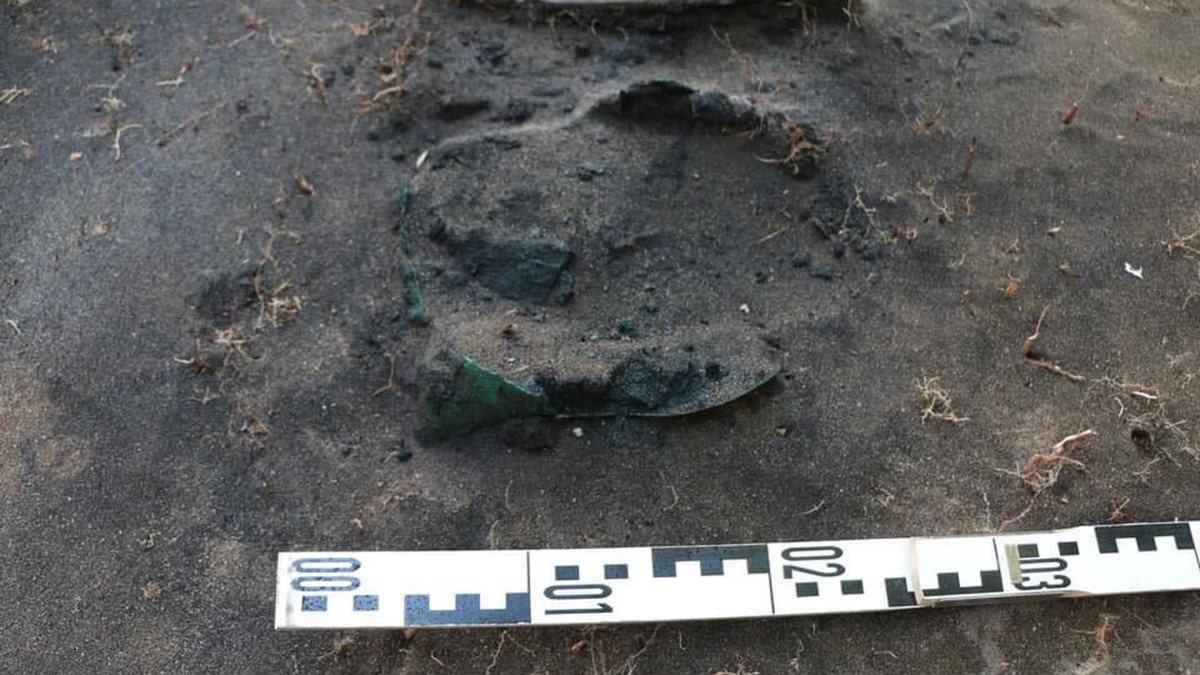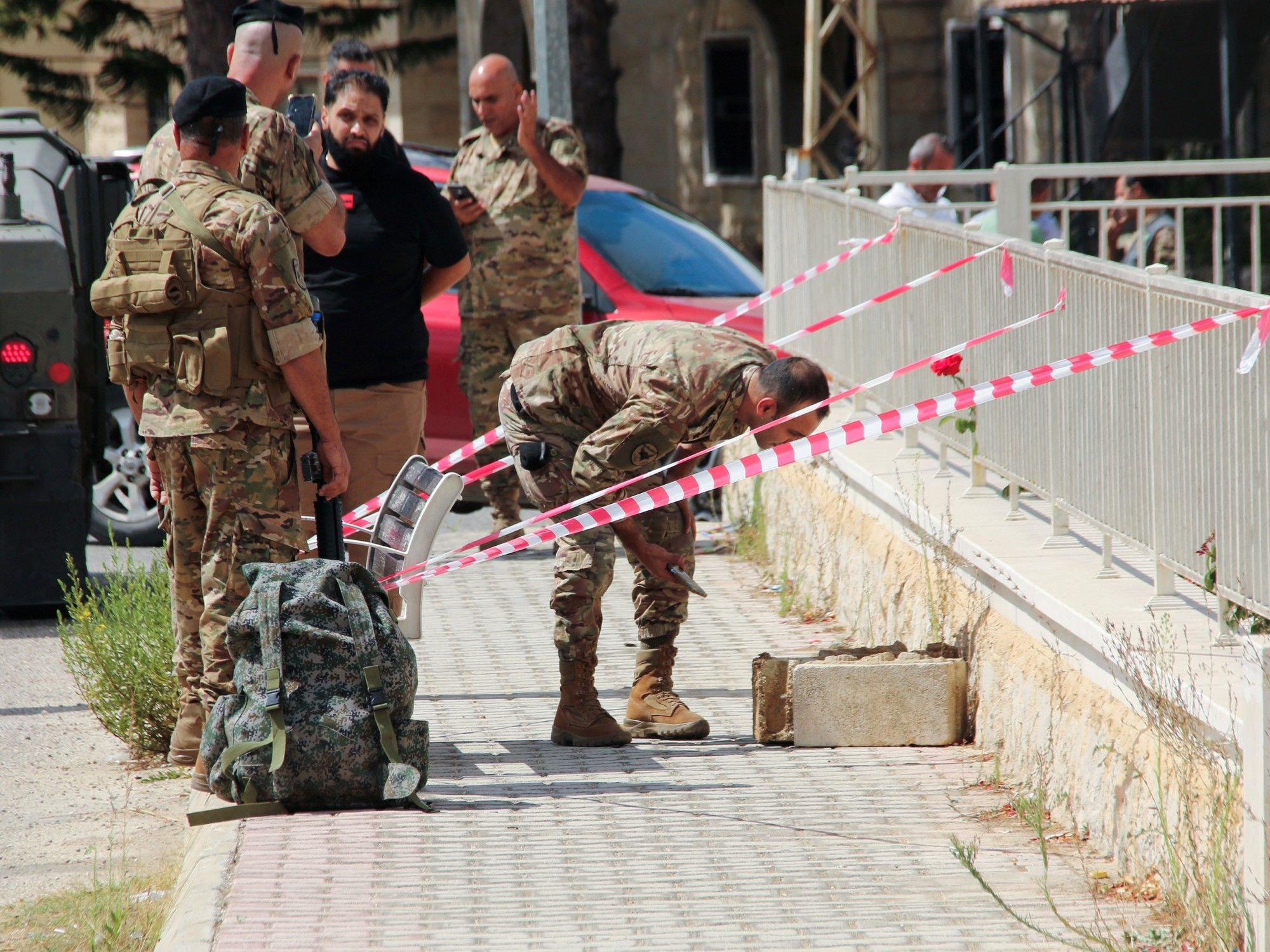INTERNACIONAL
Rare ancient Celtic artifact unearthed in Poland, 2,300-year-old metal object excavated from charcoal pit

Nearly 350 artifacts have been unearthed during research at the Łysa Góra archaeological site in Poland, including a rare 2,300-year-old Celtic helmet, providing further confirmation of the Celtic presence in northeastern Poland.
The Celtic helmet was discovered on Aug. 10, 2024 in research conducted by the Archaeological Museum in Warsaw with participation from the Faculty of Archaeology of the University of Warsaw, Dr. Bartłomiej Kaczyński, who led the excavations, told Fox News Digital in an email.
«The discovery is important because it is the first such early (IV BC) La Tène helmet found on Polish soil, and the second in history,» Kaczyński said, explaining that the first was found over 40 years ago in southern Poland and dated back to the 1st century B.C.
In August, a rare ancient Celtic helmet was discovered, believed to have dated back thousands of years. (State Archaeological Museum, Warsaw)
12-YEAR-OLD BOY STUMBLES UPON STUNNING ANCIENT FIND WHILE WALKING DOG IN ENGLAND: ‘RELATIVELY RARE’
The Ancient Celts were a widespread group of people who occupied Western and Central Europe. Monumental relics uncovered, like the ancient helmet, further solidify the presence of the Celts in northern Poland.
«Discovered in the northern part of Mazovia (northeastern Poland), it is a find completely isolated from the native lands of the Celts – southern Poland, Slovakia and the Czech Republic. Its presence, along with several dozen artifacts of La Tène provenance (tools, women’s ornaments, clasps for fastening clothes), testify to the presence of Celts at this site,» Kaczyński went on to say.
The reason for Celtic settlement in the north can be traced to amber, according to Kaczyński, which he described as a «desirable commodity in the Mediterranean world.»
The bronze helmet, originally lined with leather or fabric, was discovered in a charcoal pit, alongside four iron axes. The item likely belonged to a Celtic elite and served greater purpose than protection from harm in military battle.

The Celtic helmet was one of hundreds of ancient artifacts unearthed at Łysa Góra. (State Archaeological Museum, Warsaw)
MOM, SON DIG UP ANCIENT OBJECT OFTEN-FOUND NEAR BURIAL GROUNDS WHILE GARDENING
«Helmets, especially bronze ones, did not have a military function only – thin sheet metal did not protect against the impact of spearheads, axes and swords. Visible and shiny from a distance, it indicated the exceptional position of the owner – most likely wealthy or in power – a kind of tribal ‘crown.’ This shows that far beyond the Celtic world there was a group of Celts, with a leader, administrator, who fulfilled a specific function – most likely guarding the trade route.»
During 2024 research of Łysa Góra, the Celtic helmet was one significant find of nearly 350 that were found.
Among other artifacts unearthed include iron tools and jewelry such as bracelets, necklaces and earrings, Kaczyński said. Other artifacts found included «harness elements» that pointed to horse breeding in the area.

The Celtic helmet is currently being restored at the Museum Conservation Department of the PMA. (State Archaeological Museum, Warsaw)
CLICK HERE TO GET THE FOX NEWS APP
As for the Celtic helmet, the artifact was found in poor condition, so restoration efforts at the Museum Conservation Department of the PMA are currently underway, which Kaczyński estimates to take around six months.
Beginning in 2026, those who visit the State Archaeological Museum in Warsaw will be able to see the ancient item on display.
INTERNACIONAL
«Tenemos miedo de todo»: pánico en el Líbano tras las explosiones de los dispositivos de comunicación

Angustia por los heridos
-
POLITICA3 días ago
A fin de mes se definiría la condena a Cristina Kirchner por la causa Vialidad
-
POLITICA2 días ago
Luis Caputo cruzó a gobernadores e intendentes K: “Siguen subiendo impuestos para perjudicar al país”
-
ECONOMIA1 día ago
En una señal al mercado, el Gobierno ya compró los dólares para pagar los intereses de deuda de enero
-
POLITICA2 días ago
Jubilados protestan en contra de la celebración de Javier Milei por el veto a la reforma jubilatoria
-
POLITICA24 horas ago
Javier Milei celebró que «la inflación está bajando» pese a los aumentos de las tarifas
-
POLITICA2 días ago
Paula Oliveto: “Es preocupante ver cómo la clase media y los sectores más vulnerables están sufriendo”





























